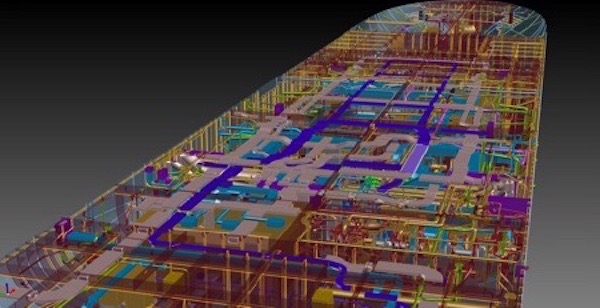A boost for Marine and Offshore design and build
On 20 July 2021 Siemens Digital Industries Software (Siemens) announced an agreement with SENER Group to acquire the FORAN ship and marine structures design, analysis, and manufacturing planning platform. FORAN is well known in marine and offshore circles, and particularly in shipbuilding as one of the premier ship design and analysis solutions currently available. The acquisition will bring considerable ship design expertise including people who developed FORAN’s capabilities across a multitude of disciplines for more than 50 years. CIMdata believes that Siemens’ ability to leverage this experience will have a profound impact on advancing their already successful support of digital transformation in the very challenging marine and offshore industries. However, there are number of technical hurdles to be overcome to allow FORAN to work seamlessly in the Xcelerator portfolio of Siemens. We look forward to seeing an integrated solution.
Marine and offshore, and its shipbuilding aspect, is a very old, historically conservative industry resistant to changing any aspect in the way it operates. Based on CIMdata’s work with many shipyard and offshore design and build groups we observe a marked delay in taking advantage of technological and process advances that other industries such as aerospace, automotive, and machinery design have vigorously adopted since the mid-twentieth century. This has been particularly true in an area that Siemens has highlighted as a major reason for acquiring FORAN—that is, supporting digital transformation throughout products’ lifecycles. One issue is that lifecycles in marine and offshore can be extremely long—easily beyond 50 years for products that operate continuously in what are often very harsh environmental conditions.
Overall, CIMdata believes that this acquisition will have a positive impact on an industry that has struggled to adopt new technology and adapt to a multitude of other changes such as how to capitalize on the large investment in maintenance, repair, and operations that owner-operators struggle with. Ship designers who want to improve their use of digital tools and processes will need to digitalize in an environment that allows them to manage digital twins in the context of digital threads of all of the data that defines their hugely complex products—well beyond CAD.

An Illustration of Design Complexity across Disciplines that FORAN is Capable of Supporting
(Courtesy of Siemens)







